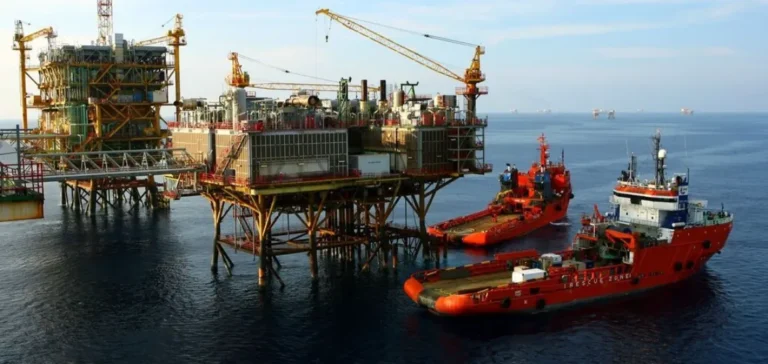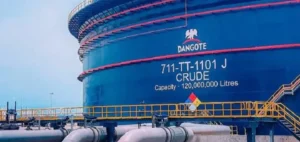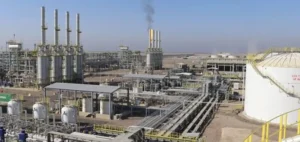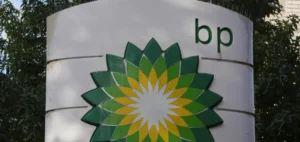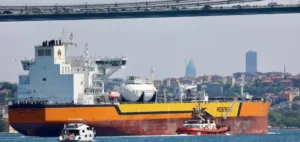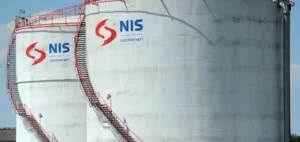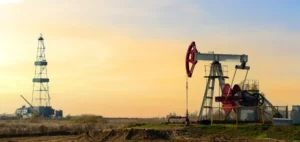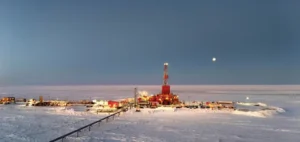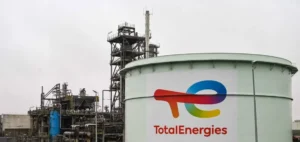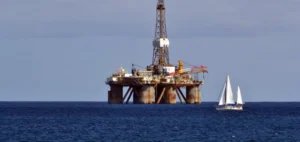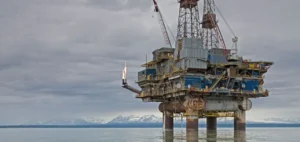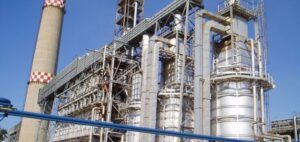The global oil sector holds untapped potential equivalent to more than 1,000 billion barrels in already-producing fields, according to a recent analysis powered by artificial intelligence. This capacity could meet global oil demand through 2050 without the need for significant new discoveries.
The study is based on the proprietary Synoptic tool, used for the first time to analyse 30,000 oil fields worldwide. This technology uses machine learning algorithms to compare over 60 geological, economic and operational parameters in order to identify the best analogues among oil fields.
Existing methods for enhanced recovery
According to the evaluation, simply improving existing recovery methods could produce an additional 470 billion to over 1,000 billion barrels. These figures rely not on experimental technologies but solely on the systematic application of already proven industry practices.
Fields with the highest potential are mostly located onshore or in shallow offshore areas, representing 63% and 31% of the optimisation potential respectively. Deepwater fields, typically operated by companies with advanced technological capabilities, account for less than 6% of remaining potential.
State-owned companies at the centre of global potential
Nearly 70% of additional recovery potential is controlled by national oil companies (NOCs), according to projections. The analysis identifies Iran, Venezuela, Iraq and Russia as the countries with the highest potential reserves if top-quartile recovery factors are achieved.
In contrast, major international oil companies access just 6% of this potential, as their performance levels are already near current best practices. This asymmetry highlights a structural limitation in international portfolios, which largely consist of mature, well-optimised assets.
Development under constraints and strategic alliances
Data shows that national companies currently achieve recovery rates below the industry average of 29%, even though their fields have geological potential for above-average performance. To bridge this gap, the study highlights the need for broader access to technology, financing, and attractive commercial terms.
The convergence between NOCs’ need for capital and expertise and the growth objectives of international firms opens the way for new technical and financial alliances. In a context of limited resources and budgetary priorities, such partnerships are key to converting theoretical reserves into marketable barrels.
AI-driven analysis reshapes exploration outlook
Historically, oil production growth has been achieved mainly through upward revisions of existing fields rather than major new discoveries. Since the 1980s, the gap between discoveries and consumption has steadily widened.
The use of artificial intelligence is changing traditional analysis methods, which were previously based on manually filtered analogues. The similarity-based scoring system now enables more rigorous evaluation of comparable fields, allowing for more reliable estimates of exploitable volumes.


